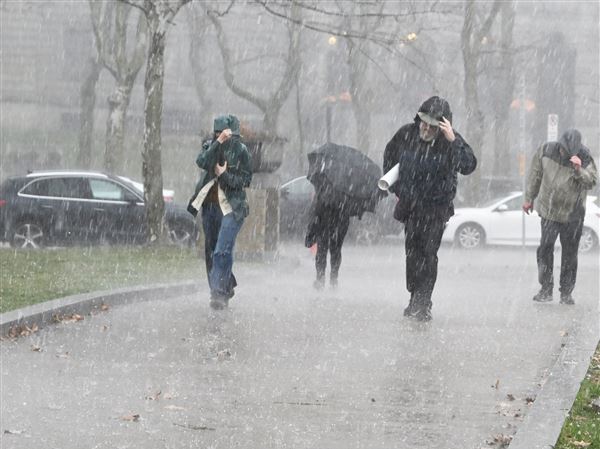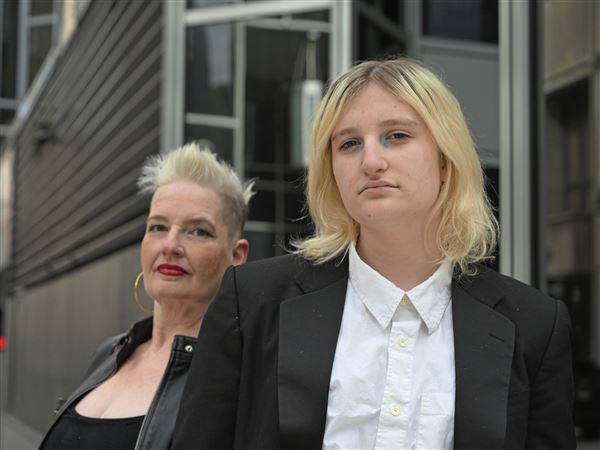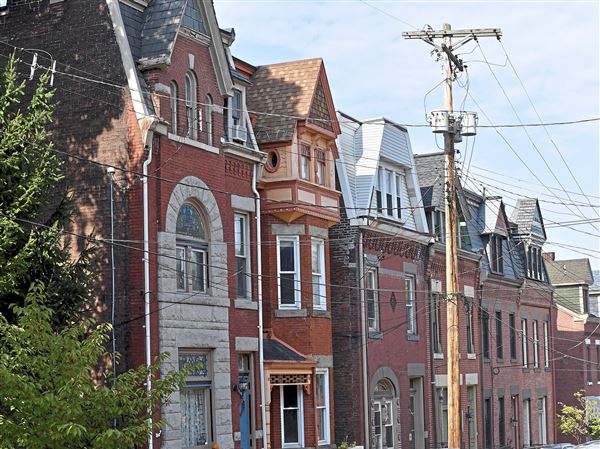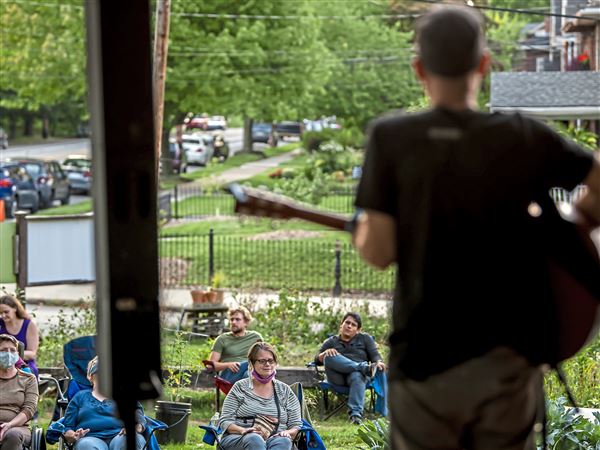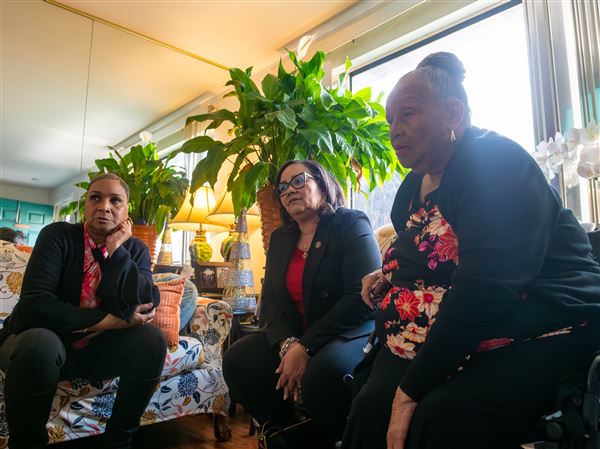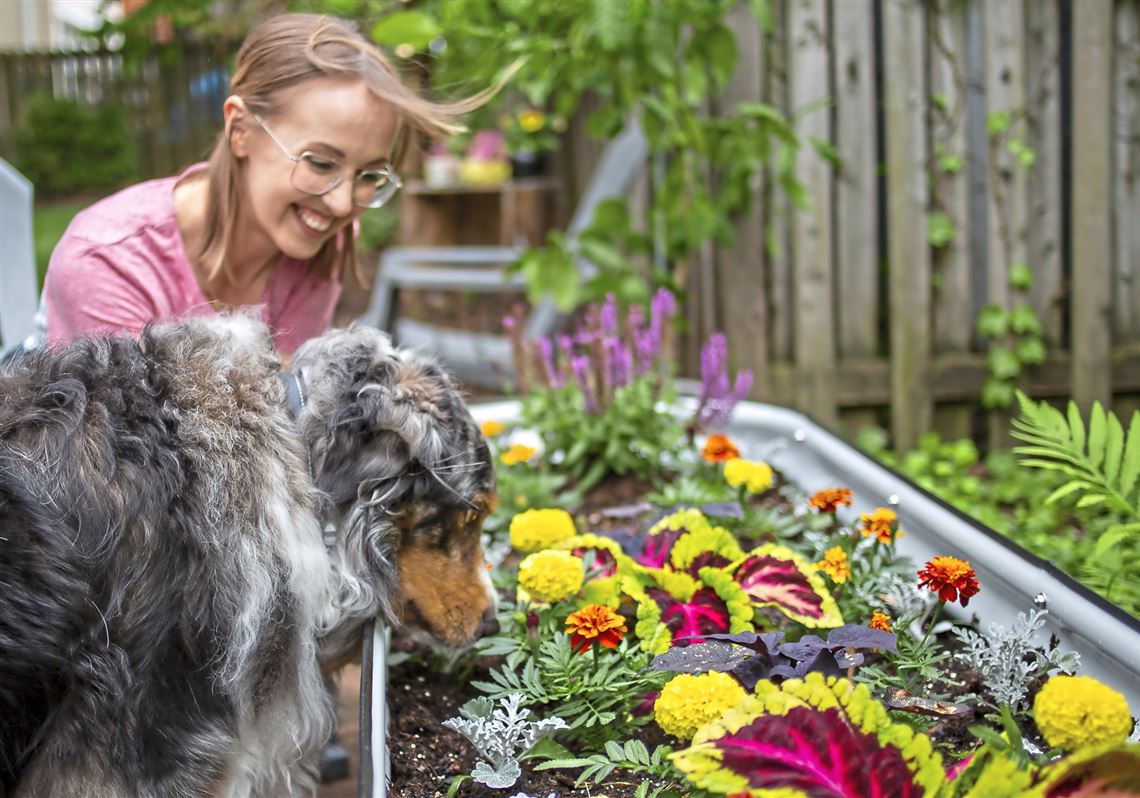University of Pittsburgh School of Public Health professor Sara Baumann looked around a post-earthquake Nepal in 2015 and saw art.
Certainly there was catastrophic loss. None of that was lost on her. But as a community-engaged researcher focused on the intersection of arts and public health — and maybe an optimist, too — she was struck by how dancers, spoken word poets, muralists and weavers responded to the tragedy.
Baumann and her fellow researchers recorded conversations with some of those artists, and cataloged their work through photography, before looking for patterns. They found improved health outcomes, reduced levels of stress, and feelings of relief, connection and increased community adhesion, all linked to art.
Though there weren’t any gardeners among the 19 creators interviewed for the study, Baumann views that as just a technicality.
“Oftentimes, people think about the arts as painting and drawing and playing music, but I would argue it can be much broader than that, and gardening is a really great example that can be looked at from a public health perspective,” she said.
Public health researchers and their initiatives seek to serve the physical and mental health of entire populations, or at least large swaths of them. The results include chlorine in tap water as a disinfectant, which prevents water-transmitted pathogens such as cholera, and iodine added to table salt, which protects thyroid health.
Now, those initiatives also include using every available support, including a generous definition of “art,” to bolster mental health, since 2021 data from the National Institute of Mental Health identifies over one in five — or 57.8 million — Americans as living with a mental illness.
And gardening may have a role to play.
Many of the physical benefits of gardening are well known: exposure to sunlight leading to the creation of vitamin D, cardiovascular health benefits, improving flexibility and more.
Emerging data supports the effect of soil components on neurotransmitters that chemically induce feelings of well-being.
With researchers like Baumann beginning to count gardening among the arts, findings of the many studies showing a correlation between exposure to the arts and improved mental health outcomes, arguably, can also point to the value of gardening.
And as shown in her 2015 study, such post-trauma mental health benefits apply to both gardeners and those appreciating that art form — an outcome just as relevant in our “semi-post-COVID world,” as she described.
“One of the things we found around the benefits of community art in Nepal was that you didn’t have to engage directly in making the art to reap the benefits,” Baumann said. “While the painter or muralist created the art, people who observed it also expressed reduced levels of stress and better health outcomes.”
While a muralist needs permission to paint on a public wall or a spoken word poet needs a stage — or at least a public space where their performance is welcome — gardeners need little more than a patch of dirt, calling into question what “public” really means.
The “different textures and colors and trying to figure out how they might fit together” of gardening, as described by Baumann, isn’t affected by the confines of a sanctioned community or botanical garden. Maybe it’s an undisturbed meadow filled with wildflowers and the birds and insects they attract. Or maybe it’s simply the garden in a neighbor’s yard.
“I think about that translating here as walking by someone’s garden and appreciating it — taking in the colors, and the sights and the smells,” she said. “Could that be benefiting the community even if they didn’t have their own garden? I don’t know the answer to that, but I would hypothesize that there would be positive health impacts.
“This is a critical space to explore because it impacts people at individual levels, but also how we relate to others and build community.”
Abby Mackey: abbyrose.mackey@gmail.com and IG @abbymackeywrites
First Published: June 4, 2023, 9:30 a.m.

